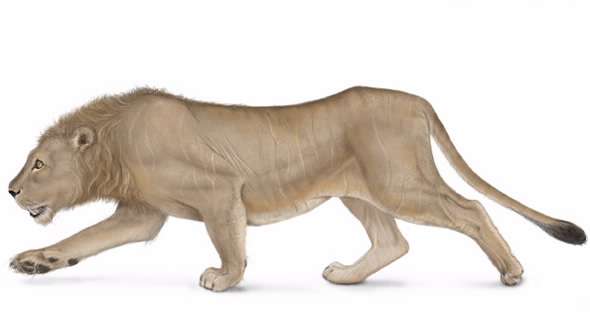
ANSTO researchers using accelerator mass spectrometry (AMS) capabilities have assisted Russian palaeobiologists in dating rare fossils from an extinct cave lion that had been preserved in permafrost.
In collaborative research reported in the 17 August edition of Cosmos, research scientist Vladimir Levchenko and chemist Fiona Bertuch dated a fossilised bone, claw and hair found among the remnants of a near-complete skeleton of Panthera leo spelaea from a site in northeastern Russia.
Using ANSTO’s ultrasensitive dating techniques, Levchenko determined the age of the bone to be over 61,000 years. “Because this sample came from permafrost and was relatively well preserved, there was enough good quality collagen to work with,” said Levchenko.
Carbon extracted from animal hair was dated to 28,700 years but the inconsistency with the bone may be explained by contaminants in the fur.
Russian researchers led by I Kirillova of the Ice Age Museum in Moscow published their study in Quaternary Science Reviews following the discovery of 67 individual fossils in the Bilibino District of the Chukchi Autonomous Region in northeastern Russia.
The fossils were found submerged along a steep bank of the Malyi Anyui River. It is believed to be the first skeleton of a cave lion to be found in Russia. The cave lion got its name because of the large numbers of lion fossils found in caves. It lived at the same time as Neanderthals and has been depicted in cave art.
Investigators believe the cave lion was a healthy male, about 12 years old, whose diet largely consisted of bison and horses. Isotope measurements in Russia were used to confirm the prey consumed by the cave lion.
Reference:
“On the discovery of a cave lion from the Malyi Anyui River (Chukotka, Russia),” Quaternary Science Reviews, Volume 117, 1 June 2015, Pages 135-151, ISSN 0277-3791, DOI: 10.1016/j.quascirev.2015.03.029
Note: The above post is reprinted from materials provided by Australian Nuclear Science and Technology Organisation (ANSTO).










